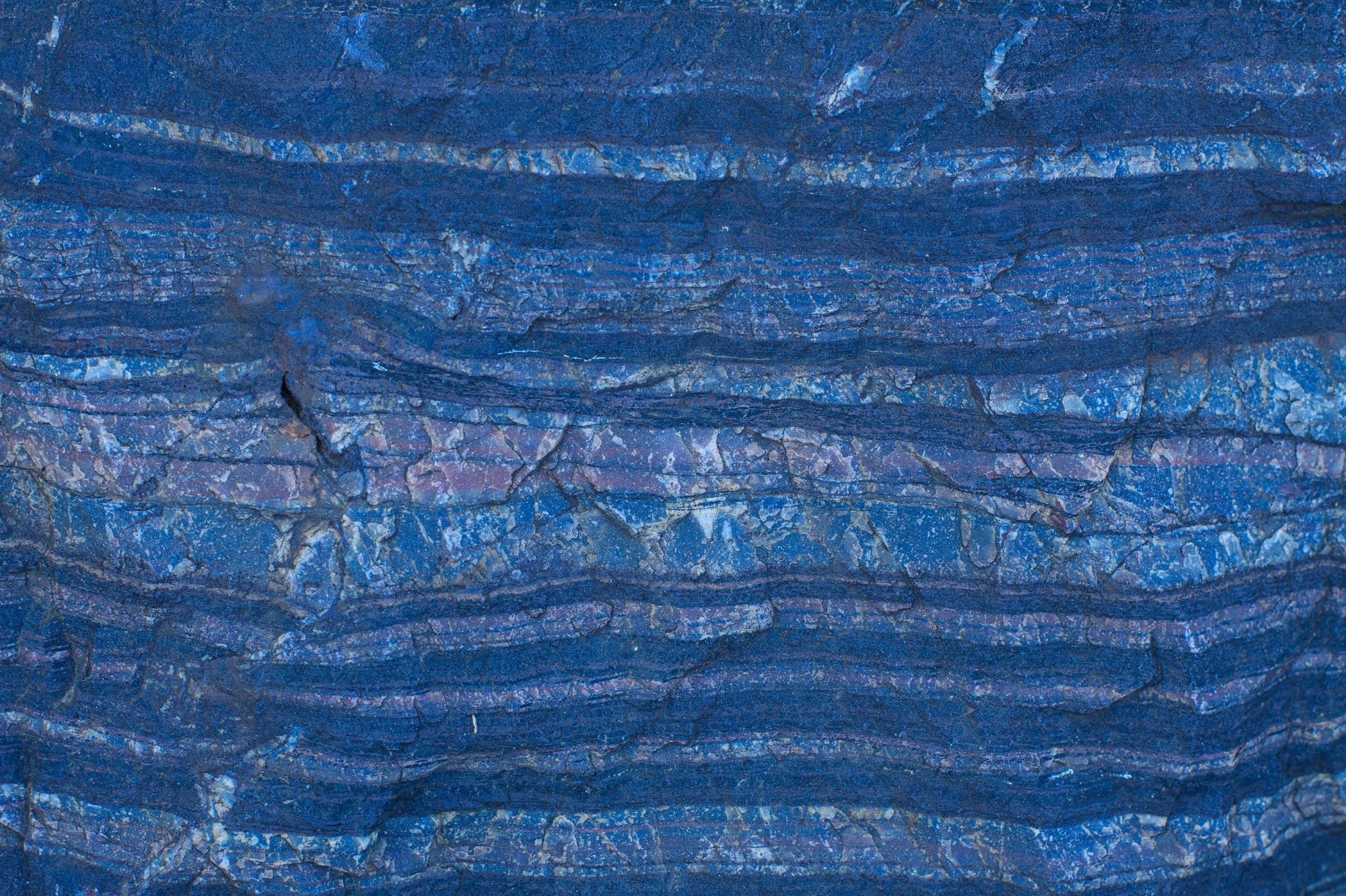In a recent review article published in Materials, researchers provided an in-depth examination of nanoscale metallic multilayers (NMMs) and their composites (NMMCs), which consist of alternating layers of different metallic materials at the nanoscale. The article aims to offer insights into the mechanisms behind these enhanced properties and to identify future research directions in this rapidly evolving area of materials science.

Image Credit: Maksim Maksimovich/Shutterstock.com
Background
The growing demand for advanced materials with superior performance has sparked significant interest in nanoscale metallic multilayer composites (NMMCs). These materials, composed of alternating layers of different metals at the nanoscale, exhibit unique properties not found in their bulk counterparts.
The nanoscale architecture of NMMCs creates a high density of interfaces, which significantly affects their mechanical, thermal, electrical, and optical behaviors. As industries such as aerospace, automotive, and electronics evolve, there is a pressing need for materials that can withstand extreme conditions while offering enhanced functionality.
Traditional materials often fail to meet the rigorous demands of modern applications, particularly in environments requiring high strength, lightweight structures, and excellent thermal management. NMMCs offer a promising solution by combining the beneficial properties of their constituent materials, allowing for tailored performance through precise control of layer thickness and composition. This adaptability is crucial for developing next-generation devices that require improved efficiency and durability.
Highlighted Research and Findings
The authors discuss various synthesis techniques used to create NMMCs, emphasizing the importance of selecting the appropriate method based on the desired properties and applications.
Techniques such as physical vapor deposition (PVD), chemical vapor deposition (CVD), and electrodeposition are covered, each with its own advantages and limitations. The review also details the characterization methods used to assess the structural, mechanical, and thermal properties of these materials, including X-ray diffraction (XRD), scanning electron microscopy (SEM), transmission electron microscopy (TEM), and various mechanical testing techniques.
The authors stress the importance of a multidisciplinary approach, combining experimental and theoretical studies to better understand NMMCs at the nanoscale.
Results and Discussion
The review highlights numerous studies exploring the properties and applications of NMMCs, emphasizing their unique characteristics and potential for technological advancements.
One key area of focus is the mechanical properties of NMMCs, where research shows these composites exhibit enhanced strength and toughness compared to traditional materials. For example, nanoindentation studies have demonstrated that the hardness of NMMCs can be significantly increased due to the Hall-Petch effect, which strengthens materials by reducing grain size. This effect is particularly pronounced in multilayer structures, where alternating layers effectively impede dislocation motion, resulting in improved mechanical performance.
Thermal properties are another critical aspect explored in the literature. Research indicates that the thermal conductivity of NMMCs can be tailored by adjusting layer thickness and material selection. For instance, laser flash analysis studies have revealed that thinner layers can increase phonon scattering at interfaces, either enhancing or reducing thermal conductivity depending on the material combinations used. This tunability is essential for applications in thermal management systems, where efficient heat dissipation is crucial.
The optical properties of NMMCs have also been extensively studied, especially for photonic applications. Spectroscopic techniques, such as UV-Vis and photoluminescence spectroscopy, have shown that the optical absorption and emission characteristics of these composites can be engineered by varying the layer composition and thickness. This capability opens up new avenues for developing advanced optical devices, including sensors and light-emitting diodes (LEDs), that require specific light interaction properties.
The radiation tolerance of NMMCs has also gained attention, particularly for applications in nuclear and space environments. Studies using ion irradiation techniques have demonstrated that the multilayer structure can mitigate radiation damage, preserving the material's integrity and functionality under high-energy particle exposure. This resilience is attributed to the multilayer architecture's ability to distribute and absorb radiation-induced defects more effectively than bulk materials.
Conclusion
The review offers a comprehensive overview of the advancements in nanoscale metallic multilayer composites, highlighting their vast potential across various industries due to their superior mechanical, thermal, electrical, and optical properties.
The authors advocate for continued research to address synthesis and characterization challenges and explore new applications. By fostering a deeper understanding of the mechanisms at play, the field can move towards developing next-generation materials that meet the demands of advanced technological applications.
This review serves as a valuable resource for researchers and engineers interested in leveraging the capabilities of nanoscale metallic multilayer composites, paving the way for future innovations in materials science.
Journal Reference
Ebrahimi M., et al. (2024). Enhanced Multifaceted Properties of Nanoscale Metallic Multilayer Composites. Materials. DOI: 10.3390/ma17164004, https://www.mdpi.com/1996-1944/17/16/4004